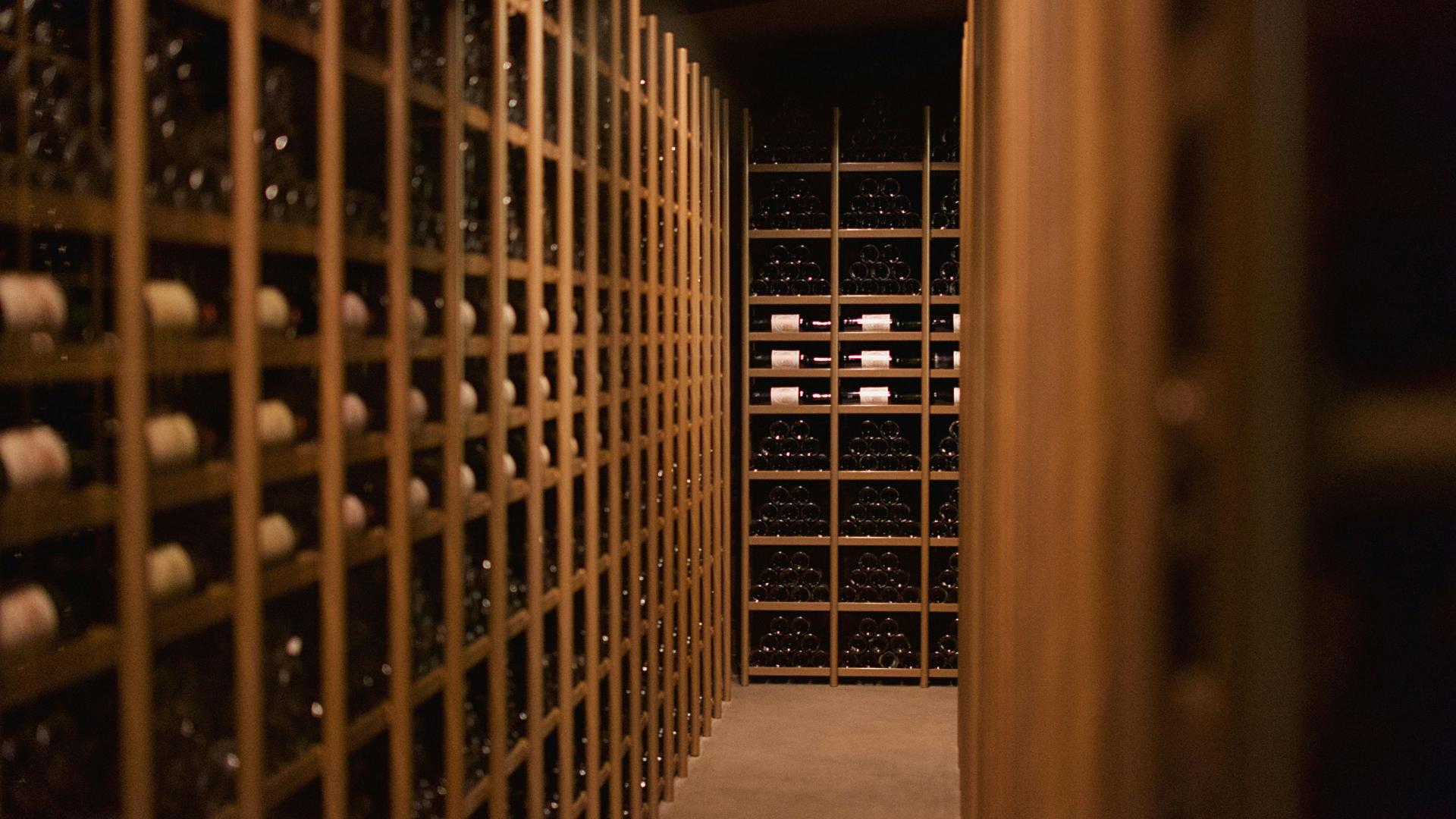
In the wine industry, competition is fierce. Whether you’re marketing a premium Californian wine or introducing an innovative e-commerce platform, understanding your competitors is crucial to staying ahead. A competitive analysis provides the insights you need to refine your strategies and capture market share. Here are the five essential steps to conduct a thorough competitive analysis.
1. Define your market and competitors
To start, clearly outline your market and identify your competitors. In the wine industry, competitors vary depending on your niche. Are you targeting luxury wine enthusiasts with premium products like grands crus or affordable white wines for casual consumers?
- Categorize competitors: Focus on local, regional, and international players.
- Evaluate their positioning: For example, some competitors might specialize in direct-to-consumer sales, while others rely on exclusive distribution through wine and spirits distributors.
- Understand market segmentation: If you’re in the luxury wine market, identify key players in premium categories such as top-tier reds, fine champagnes, or rare collector’s wines.
This initial step ensures that your analysis targets the right entities in your sector.
2. Gather data on competitors
The next step is to collect detailed information about your competitors. The goal is to understand their strategies, strengths, and weaknesses.
- Study their marketing and branding: Analyze their online presence, digital marketing strategies, and how they develop brand awareness.
- Assess their distribution channels: Identify whether they use selective distribution strategies, partnerships with distributors, or direct-to-consumer platforms like wine e-commerce.
- Examine product offerings: Review their product portfolio, including premium wines, champagne, or niche products like rosé wines.
Tools like competitive research platforms and wine analytics can help gather this information effectively.
3. Evaluate competitors’ performance and strategies
Once you have the data, evaluate how competitors perform and what strategies they employ. This step provides a clearer picture of their market impact.
- Analyze their strengths and weaknesses: Are they excelling in customer service, pricing, or product quality?
- Measure their market share: Use tools like wine market analysis to see how much influence they have in specific regions or segments.
- Observe trends: Pay attention to the strategies they use to capitalize on emerging trends, such as the growing popularity of sustainable wines or premium champagnes.
For example, a competitor successfully expanding in the Chinese wine market might offer insights into opportunities there.
4. Identify your competitive advantages
With the information gathered, determine what sets your business apart. This step is crucial for carving out a unique position in the market.
- Highlight unique offerings: Whether it’s the heritage of your vineyard, a high-quality product such as a rare vintage or a unique wine experience, or an innovative e-commerce platform, emphasize what sets you apart.
- Leverage differentiation strategies: Focus on aspects like storytelling, sustainability, or exclusive distribution.
- Target specific customer groups: Tailor your messaging and products to resonate with your audience, whether they’re wine collectors, casual consumers, or restaurant sommeliers.
5. Develop and execute an action plan
The final step is to turn your analysis into actionable strategies. A well-thought-out plan will help you leverage your competitive advantages effectively.
- Refine your marketing strategy: Invest in digital marketing to improve visibility and develop brand awareness.
- Optimize distribution channels: Choose the right mix of distribution channels and partnerships with distributors.
- Monitor results and adapt: Continuously measure your performance using analytics tools and adjust your strategies based on data, compared to your competitors.
For instance, if your competitive analysis reveals trends in pricing levels among competitors or the number of references on wine lists, adjust your offerings accordingly in your next campaign.
Conclusion
A comprehensive competitive analysis is the backbone of a successful business strategy in the wine industry. By defining your market, gathering data, evaluating strategies, identifying advantages, and implementing a targeted action plan, you can position your brand for long-term success and stand out in a competitive landscape.At Wine Services, we specialize in providing detailed market intelligence, tailored analytics, and actionable insights to help wine brands thrive. From understanding your competitors to optimizing your strategy, our expertise empowers you to make data-driven decisions with confidence. Contact us today to discover how Wine Services can elevate your competitive edge and ensure your place at the forefront of the wine industry.


